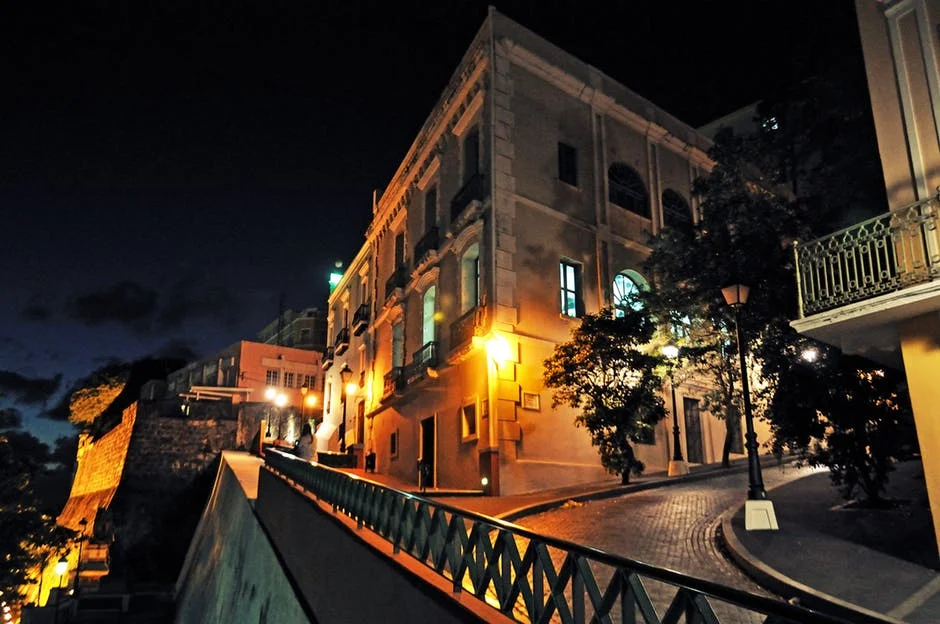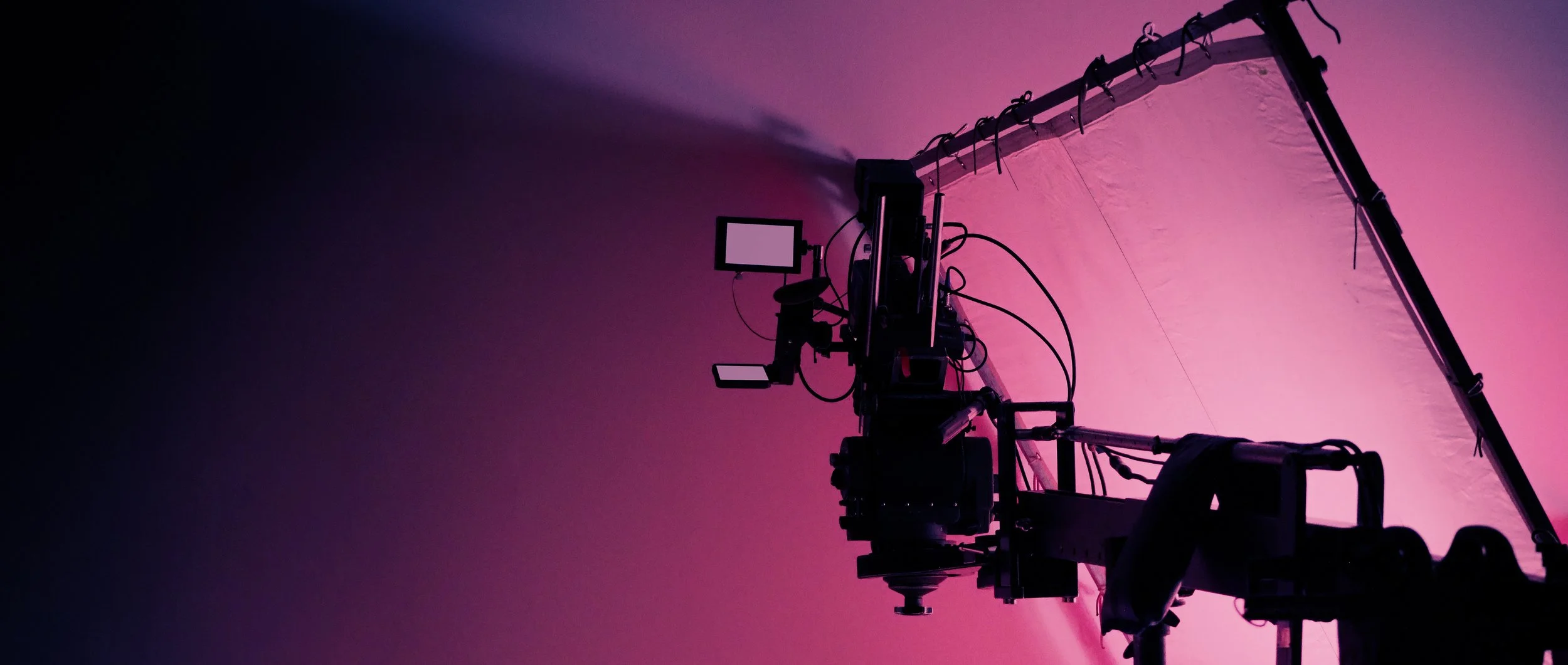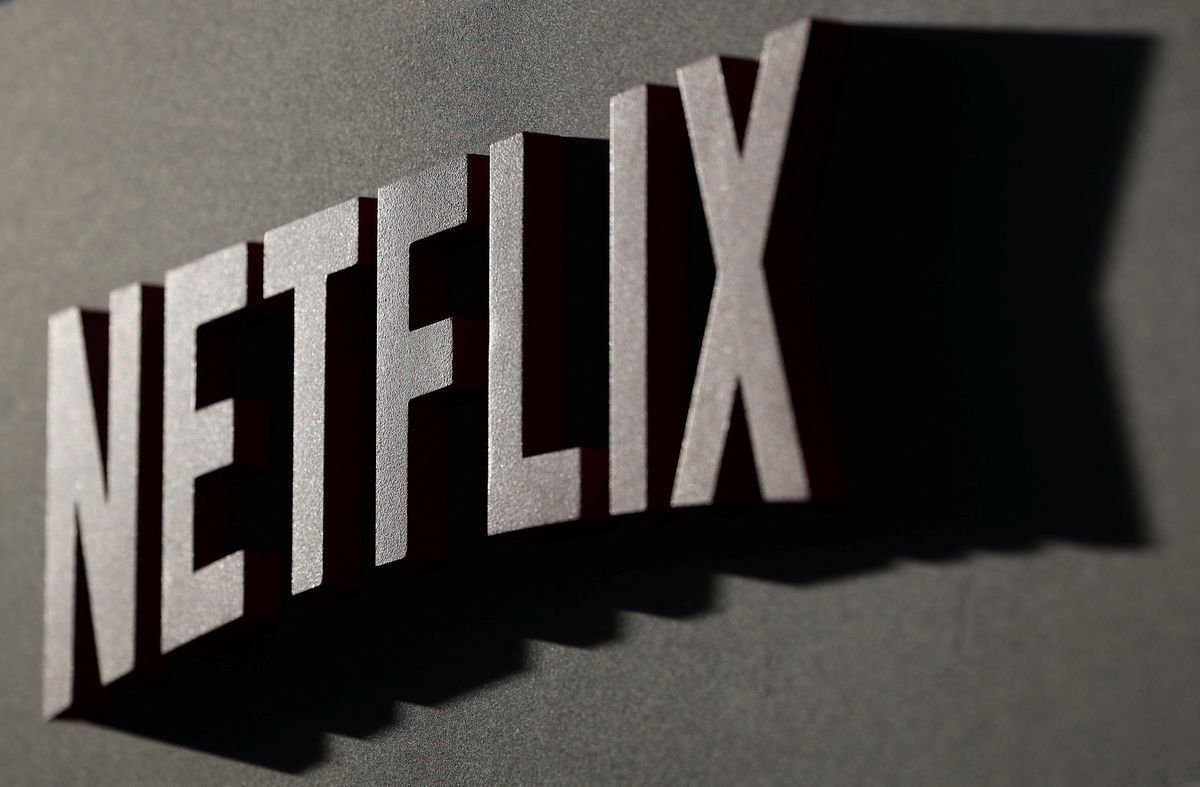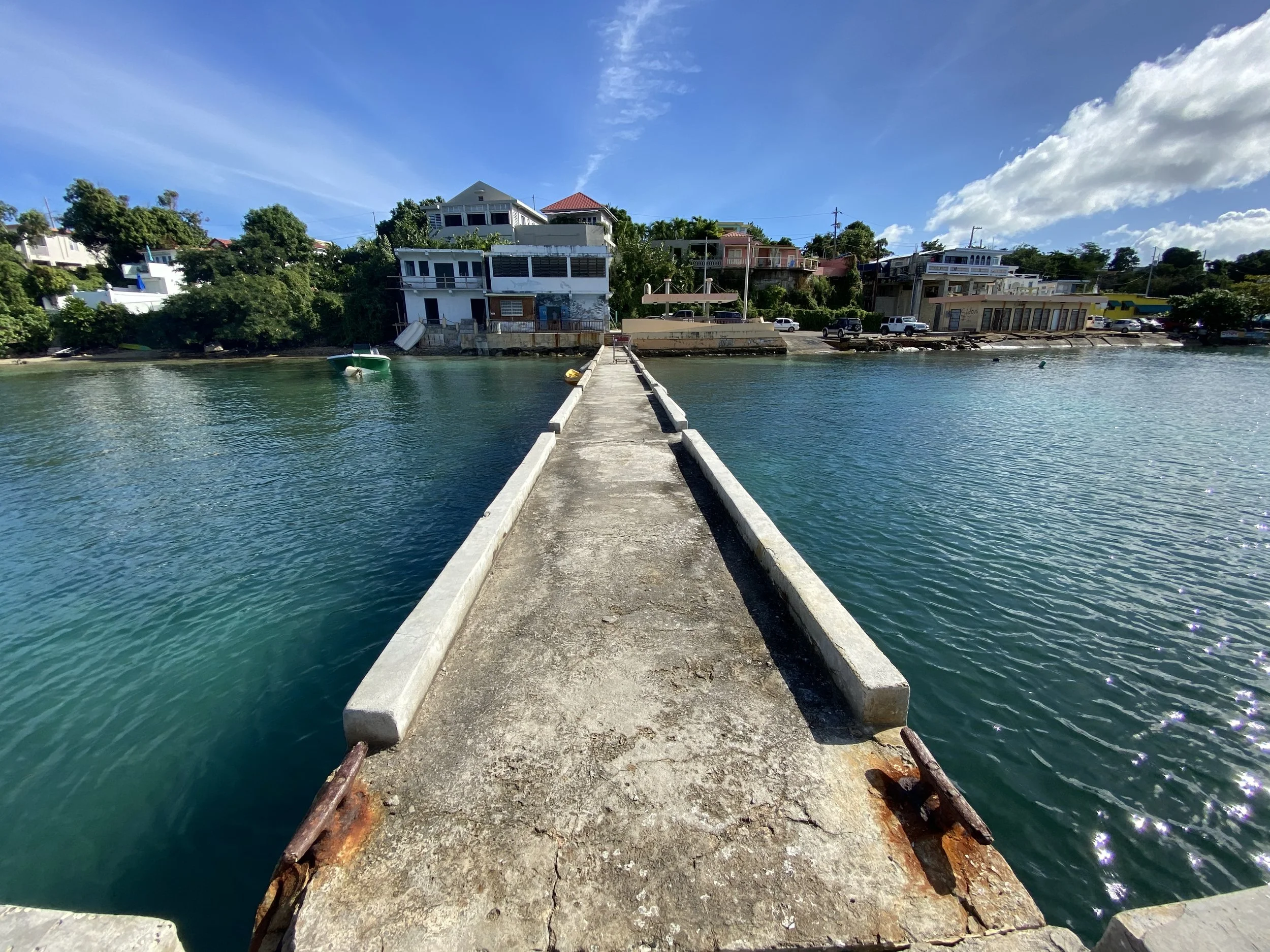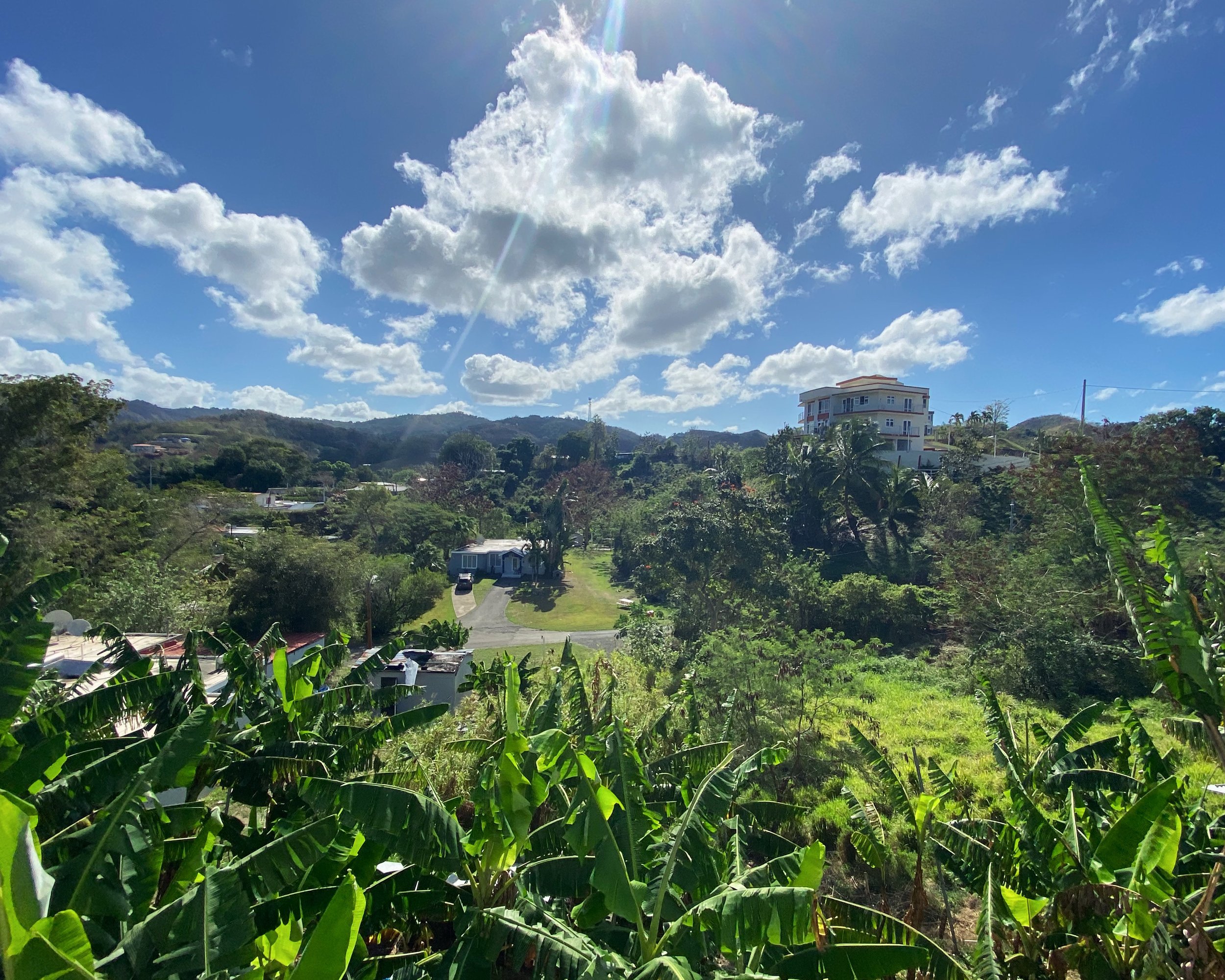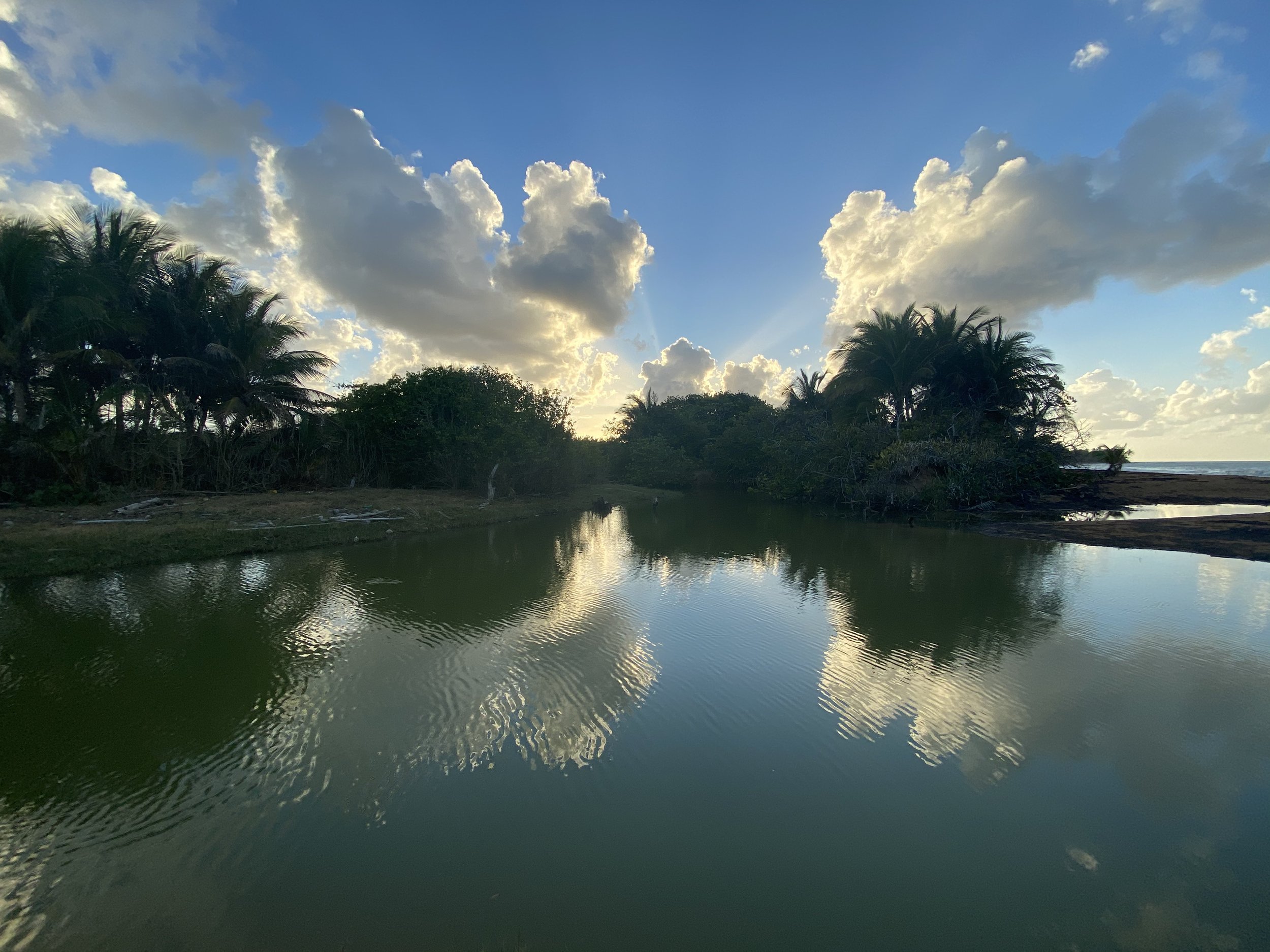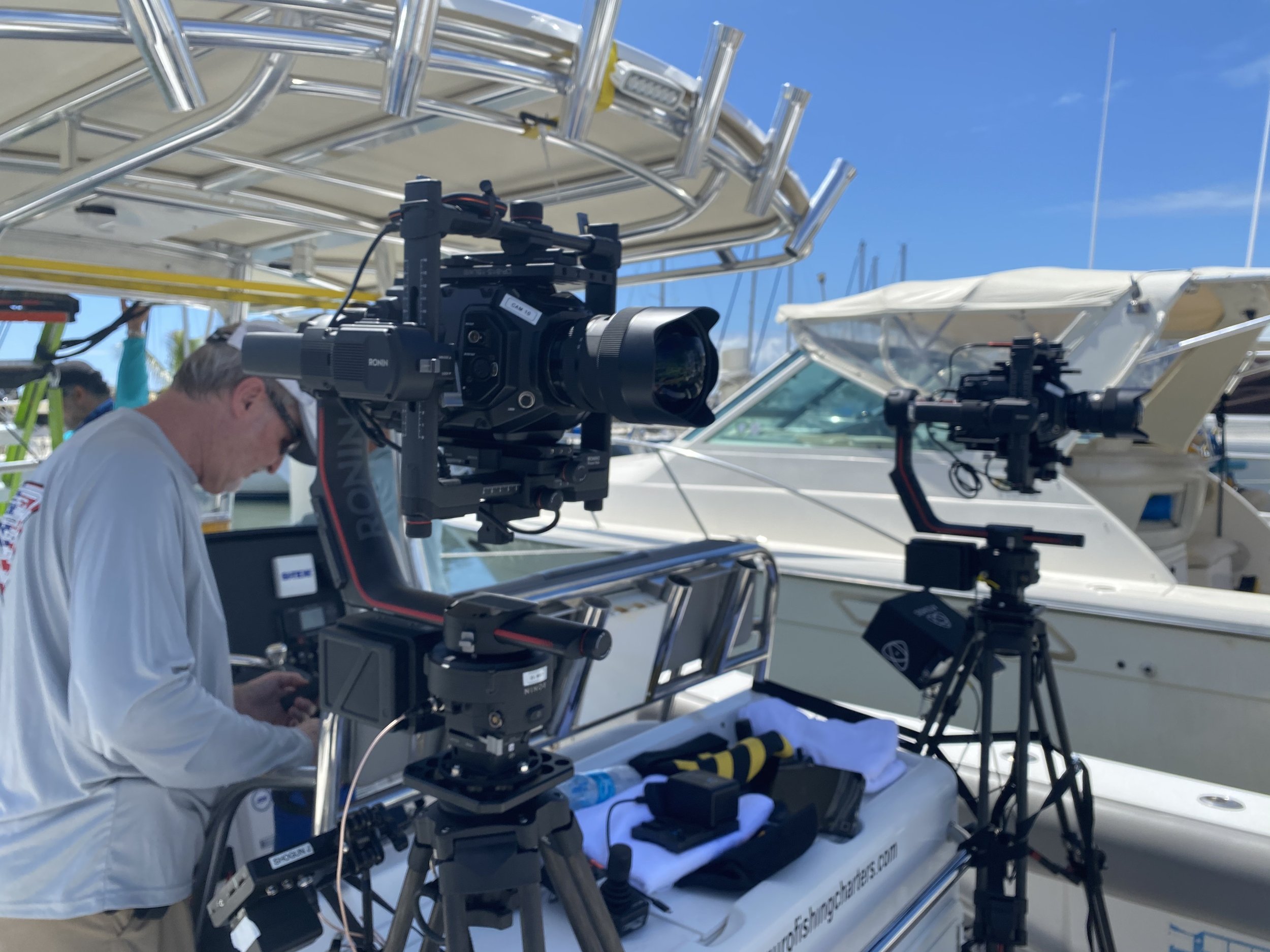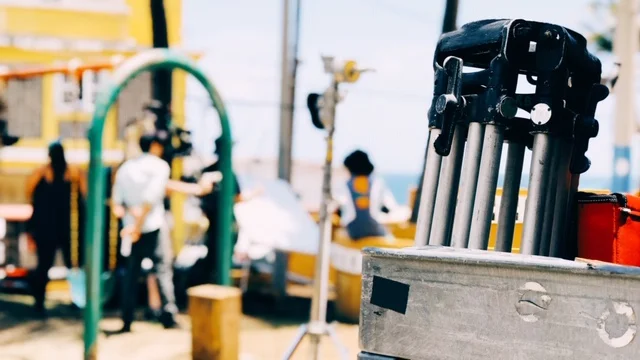CereProds New Work on HBO Max’s “Paul American” – A Milestone in Puerto Rico Reality Production
At CereProds, we’re thrilled to announce our latest achievement: providing production support for the Puerto Rico segments of HBO Max’s highly anticipated reality series, Paul American. This groundbreaking show, featuring global sensations Jake and Logan Paul, premiered on Max on May 28, 2025, and we couldn’t be prouder to have played a pivotal role in bringing this project to life.
Behind the Scenes of Paul American
Paul American offers an unfiltered look into the high-octane lives of Jake and Logan Paul, two of the biggest names in entertainment and social media. From their larger-than-life personalities to their raw, intimate moments, the series captures it all. The Puerto Rico segments, in particular, showcase the island’s stunning landscapes and vibrant energy, making it the perfect backdrop for the Paul brothers’ adventures.
CereProds was entrusted with managing the production logistics for these segments, ensuring a seamless experience for the Paul American team. From pre-production planning to on-the-ground execution, our talented crew worked tirelessly to deliver a world-class filming experience. We handled everything—location scouting, permits, equipment, and coordination—so the creative team could focus on capturing the magic of the Paul brothers’ story.
Why Puerto Rico? A Filmmaker’s Paradise
Puerto Rico has long been a sought-after destination for filmmakers, and Paul American is a testament to why. The island offers a diverse range of locations, from pristine beaches to lush rainforests, all within a compact geographic area. Add to that the generous filming incentives provided by the Puerto Rico Film Office, and it’s no surprise that productions like Paul American choose to film here.
At CereProds, we specialize in maximizing these advantages for our clients. For Paul American, we leveraged our deep knowledge of the island to secure breathtaking locations that perfectly complemented the show’s high-energy vibe. Our scalable services ensured that the production stayed on budget while delivering exceptional quality, a hallmark of CereProds’ commitment to excellence.
A Shout-Out to Our Amazing Team
We want to extend a massive thank you to our brilliant CereProds crew, whose professionalism and dedication made the Puerto Rico segments of Paul American a resounding success. From our skilled technicians to our logistics experts, every member of the team brought their A-game to this project. We’d also like to thank the producers of Paul American, as well as Jake and Logan Paul, for trusting us with this incredible opportunity.
CereProds: Your Partner in Puerto Rico Film Production
This project underscores why CereProds is the go-to production company for film and TV projects in Puerto Rico. Whether you’re working on a documentary, commercial, narrative film, or reality TV series like Paul American, we offer full-service production support tailored to your needs. Our expertise spans every stage of the filmmaking process—conception, pre-production, production, editing, VFX, and delivery—ensuring a smooth and efficient experience for your project.
Puerto Rico isn’t just a filming destination; it’s a creative hub with a highly skilled crew base and unparalleled incentives. At CereProds, we’re passionate about showcasing the island’s potential while providing top-tier production services that help your vision come to life.
Watch Paul American Now on HBO Max
You can stream Paul American now on HBO Max and witness the stunning Puerto Rico segments we’re so proud to have supported. See for yourself how the island’s beauty and our production expertise came together to create something truly special.
Let’s Bring Your Next Project to Life
Inspired by Paul American? Let CereProds be your partner for your next film or TV project in Puerto Rico. With our comprehensive production services, experienced team, and deep understanding of the island’s filming landscape, we’re equipped to make your vision a reality. Contact us today to learn more about how we can support your project, from concept to completion.
About CereProds
CereProds is a full-service film and video production company based in Puerto Rico. We work with a wide range of projects, including documentaries, branded content, commercials, narrative films, television, music videos, and more. Our mission is to provide seamless production support, allowing filmmakers to focus on their creative vision while we handle the rest. Learn more at cereprods.com.
Follow us on 𝕏 at www.x.com/cereprods @cereprods

